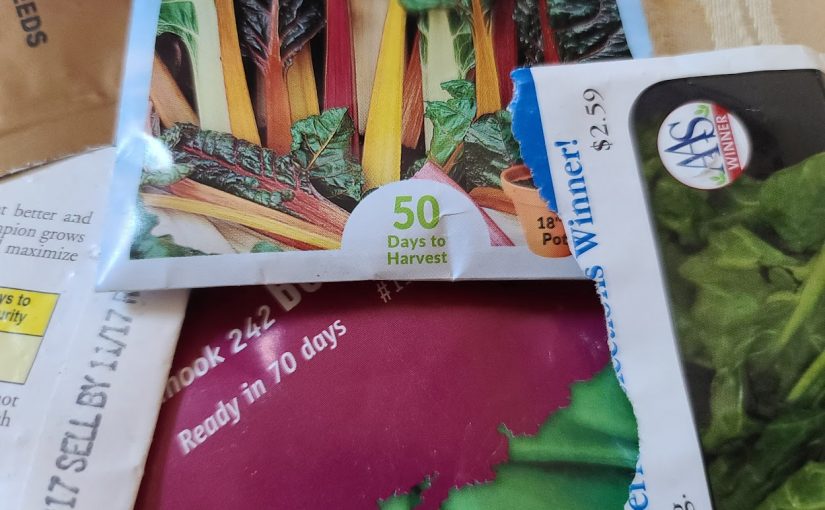Monitoring and reporting on drought conditions
While drought is part of the natural cycle of the climate and many native plants depend on drought to propagate, it is the bane of gardeners everywhere because of the increased need for water. I have previously written about the four types of drought. Today I thought I would focus on drought monitoring and a … Continue reading Monitoring and reporting on drought conditions
